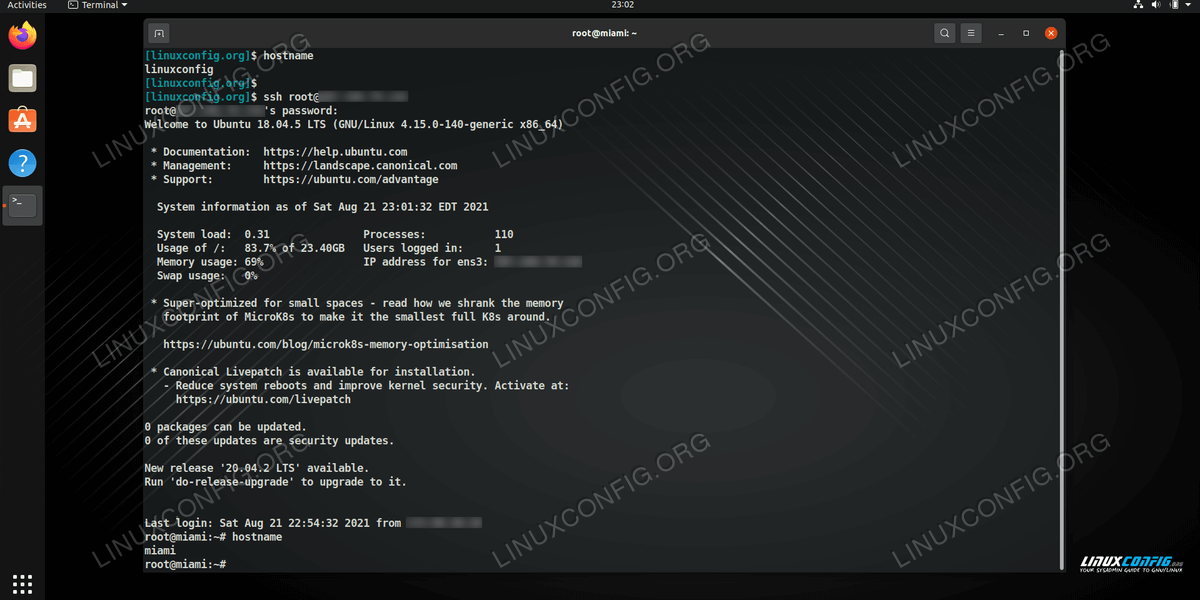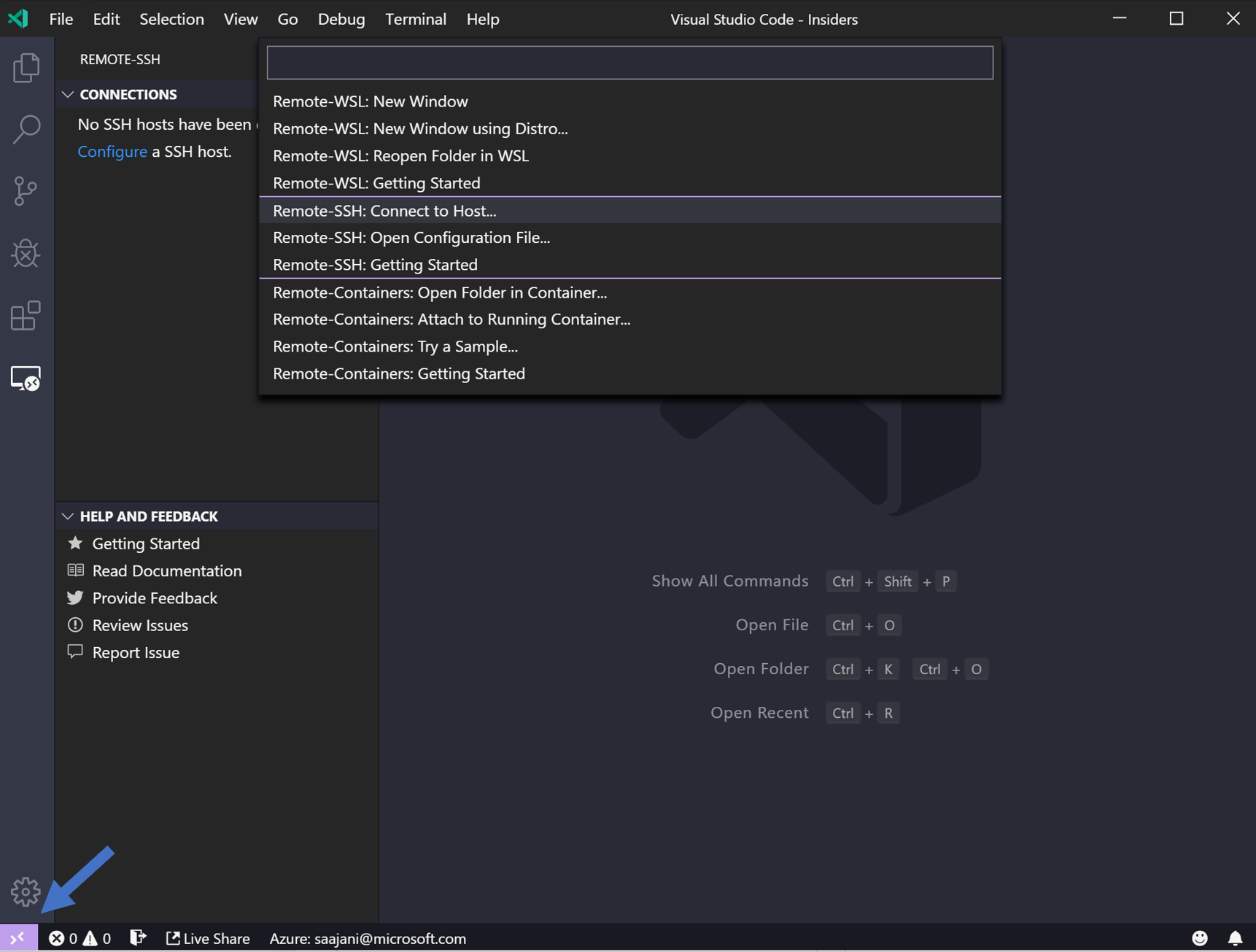In conclusion, ssh remoteiot is a powerful tool for managing iot devices securely and efficiently. Remoteiot provides simple commands to get everything set up on the device. By understanding the fundamentals of ssh, configuring it properly, and following best practices, you can ensure that your remoteiot
RemoteIoT SSH Example A Comprehensive Guide To Secure Remote Access
Common ssh commands for remoteiot.
Familiarizing yourself with common ssh commands is essential for managing your iot devices effectively.
This section will provide a list of frequently used ssh commands, along with explanations and examples. Connect to a remote server using ssh. In the era of the internet of things (iot), ssh remoteiot commands play a pivotal role in ensuring secure communication and control over remote devices. Whether you're a developer, a network administrator, or an iot enthusiast, understanding these commands is essential for efficient and secure device management.
Implementing these security measures will help safeguard your ssh remoteiot on raspberry pi setup against potential threats. Understanding the most commonly used ssh commands is essential for effectively managing your raspberry pi and iot devices. Below are some of the key commands you'll need: When combined with remoteiot—a robust platform designed for managing iot devices—ssh becomes even more powerful.

This guide dives deep into how ssh can be integrated with remoteiot to streamline your iot workflows, secure your connections, and enhance your remote device management capabilities.
Ssh remote iot commands are essential tools for managing and securing internet of things (iot) devices from a distance. As the iot landscape continues to expand Directly connect to raspberry pi behind firewall from anywhere as if it was on the local network. Send command and batch job to raspberry pi from web portal.
No need to discover the iot device ip and change any firewall settings. All data is wrapped with encrypted ssh This command establishes an ssh connection to the remote server and forwards remote port 9090 to local port 8080. Access the local service from the remote server.

Enter the following url to access the local web server through the tunnel:
Hi, how about executing a command remotely and making sure that it will be killed once i kill my ssh session. Something like this i want to achieve: Collecting pcap on remote addr and storing it locally. In this step, you transferred simple text between the source and the destination.
If there was an ssh session, the payload of the protobuf message would contain an ssh stream. Create the rest api that sets the cookie. Now that you know how to connect and transfer data, the last step is to connect to the tunneling service from a web browser. Afterward, you will be asked to authenticate the connection using either an ssh key or password.

Basic ssh commands for iot management.
Once you have established the iot remote ssh connection, check out the below basic ssh commands you can use for iot management: This feature makes it easier for you to interact with the remote device because you don't have to open a terminal outside the console or configure the local proxy. Ssh uses a public/private key based encryption algorithm for encrypting the communication channel. Go to your client machine (laptop, for eg.) and open up a terminal and execute the following command.
Go to your client machine (laptop, for eg.) and open up a terminal and execute the following command. Follow the instructions on the screen to create a public/private key pair. By default, ssh key management is fragmented and complex. These unmanaged ssh keys are vulnerable to attack by malicious actors.

With remoteiot ssh key management, you can centrally manage and discover all authentication keys and ssh login files.
This guide is tailored for anyone seeking to master ssh remote iot commands. Whether you're a beginner or an experienced professional, this article will equip you with the knowledge and tools to excel in iot management. Loyola chicago basketball the story of a basketball legacy; Introduction to ssh remote iot commands
Go to your client machine (laptop, for eg.) and open up a terminal and execute the following command. Follow the instructions on the screen to create a public/private key pair. Disable ssh access for the root user: Disable ssh access for the root user and use a regular user account with limited privileges and switch to the root account only when necessary using the “sudo” command.
This helps to reduce the risk of unauthorized access and minimizes the potential impact of security breaches.
Ssh remoteiot commands offer a robust solution for securely accessing and managing iot devices from anywhere in the world. These commands provide a secure channel over an unsecured network, allowing administrators to execute commands, transfer files, and manage configurations with ease. With ssh remote iot raspberry pi, you can securely connect to your device, manage files, and execute commands without physical access. This capability is especially useful for iot enthusiasts who need to monitor and control their projects from anywhere.
Most likely, the problem is, you have created more than one tunnel or service for the same endpoint: Ssh port 22, in this case. Visit the socketxp web portal, go to the devices section, click the device id to show the device details, scroll down to the bottom of the page to view the services or tunnels l Now you can access your iot device’s ssh server using the above socketxp local endpoint, instead of a public endpoint, as shown below.
It provides a secure way to access and control iot devices remotely.
With ssh, users can execute commands, manage files, and perform other administrative tasks on their iot devices from anywhere in the world. Challenges and solutions in remote iot device management. Remote iot device management comes with its own set of challenges. The role of ssh in remote iot management;
Establishing an ssh connection to raspberry pi; Transferring files between raspberry pi and windows 10; Enhancing security for remote iot management; Addressing common issues in iot setup;
After configuring the ssh settings, start the ssh service on your server for it to listen for incoming ssh connections.
The command to start the service varies depending on your linux distribution. For example, on ubuntu or debian, you can use the command sudo service ssh start.